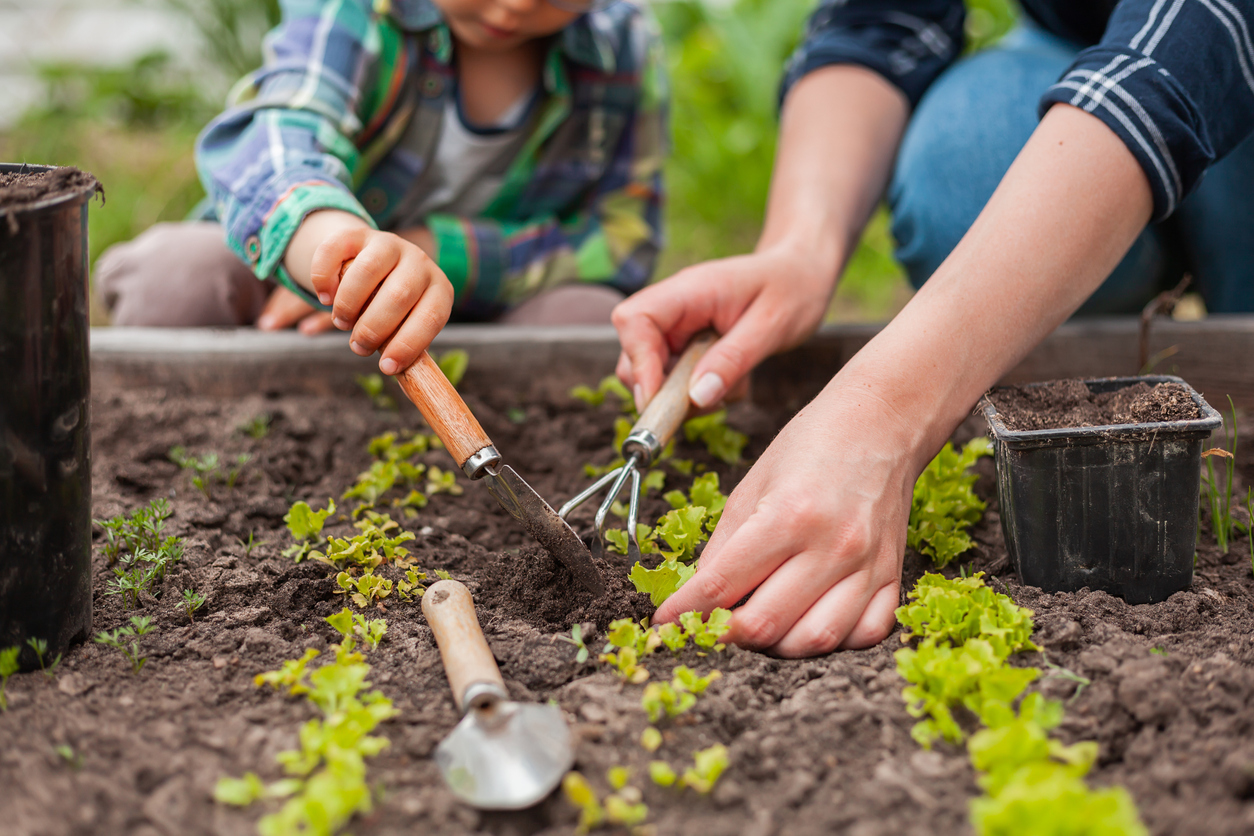Cultivating Your Dream Garden: A Guide to Planting the Perfect Garden

Spring has sprung, which means it’s time to start getting your dream garden ready. After all, you are sure to be spending some time outdoors enjoying the beautiful weather, which means you will want the perfect backyard to do it in. The first thing you need to understand is that a garden isn’t just a patch of land; it’s a canvas waiting to be painted with vibrant colors and textures. It’s a sanctuary where you can escape the hustle and bustle of daily life. Whether you’re an experienced gardener or a novice with a green thumb, creating the perfect garden is a rewarding endeavor that requires careful planning and nurturing. Here are some of the essential steps to help you plant and cultivate your dream garden.
Define Your Vision:
Before digging into the soil, take some time to envision your dream garden. Consider the style, theme, and purpose of your garden. Do you envision a formal English garden with neatly trimmed hedges and manicured lawns, or perhaps a wildflower meadow is more your style? Or maybe you are simply looking for grow a few fruits, vegetables and herbs. Understanding your vision will guide your plant selection and layout decisions. If you need some help look online, in a magazine or a book for inspiration.
Assess Your Space:
Evaluate the environmental conditions of your garden space, including sunlight exposure, soil quality, and drainage. Choose plants that thrive in your specific climate and microclimate conditions. Consider the layout of your garden beds, pathways, and focal points to optimize space utilization and create visual interest. Don’t be disheartened if your space doesn’t give you exactly what you need, instead reimagine things to suit when you’ve got.
Select the Right Plants:
Choose a diverse selection of plants that complement each other in terms of color, height, texture, and bloom time. Incorporate a mix of perennial and annual flowers, shrubs, trees, and ornamental grasses to provide year-round interest. Pay attention to the mature size of plants to prevent overcrowding and ensure adequate spacing for growth. If you are growing food, don’t worry about planting more than you can eat. There are always friends, family and neighbours willing to take any excess off your hands.
Plan for Seasonal Interest:
Design your garden to provide visual interest throughout the seasons. Select plants with varying bloom times and foliage colors to create a dynamic landscape that evolves year-round. Incorporate evergreen plants for winter structure and early spring bulbs for a pop of color after the winter thaw. Yes, this does mean you need to plan ahead and some of the plant you want might not come in until next year, but it gives you a chance to get started now
Prepare the Soil:
Healthy soil is the foundation of a thriving garden. Test your soil to determine its pH level and nutrient content, and amend it as needed to create optimal growing conditions for your plants. Incorporate organic matter such as compost, aged manure, or leaf mulch to improve soil structure and fertility. Freshening up your soil on a yearly, and even seasonal basis, can help your garden thrive
Plant with Care:
When planting your garden, handle plants gently to avoid damaging roots and stems. Dig planting holes slightly larger than the root ball and backfill with soil, firming gently around the base of the plant. Water newly planted specimens thoroughly to help them establish roots in their new environment. Always pay attention to the directions on the packaging your plants came in as well, as they will give you very specific instructions on how to make your garden succeed.
Provide Adequate Maintenance:
Regular maintenance is essential to keep your garden looking its best. Develop a watering schedule based on the needs of your plants, taking into account rainfall and seasonal fluctuations. Remove weeds promptly to prevent competition for nutrients and water, and deadhead spent flowers to encourage continuous blooming. This also means that sometimes you will need to remove and replant competing plants as well to give them the space they need to thrive.
Incorporate Sustainable Practices:
Practice eco-friendly gardening techniques to minimize your environmental impact and promote biodiversity. Use organic fertilizers and pest control methods whenever possible, and avoid the use of chemical herbicides and pesticides that can harm beneficial insects and wildlife. Mulch garden beds to conserve soil moisture and suppress weed growth.
Embrace Trial and Error:
Gardening is a journey of discovery, and not every plant will thrive in your garden’s unique conditions. Don’t be discouraged by setbacks or failures—view them as learning opportunities to refine your gardening skills and knowledge. Experiment with new plants and techniques, and be open to adapting your garden design over time. We can expect to be experts right out of the gate. It takes time
Planting the perfect garden is a labor of love that requires patience, creativity, and commitment. By defining your vision, selecting the right plants, and providing thoughtful care and maintenance, you can create a garden that brings joy and beauty to your outdoor space for years to come. So roll up your sleeves, dig in the dirt, and let your garden dreams take root!
